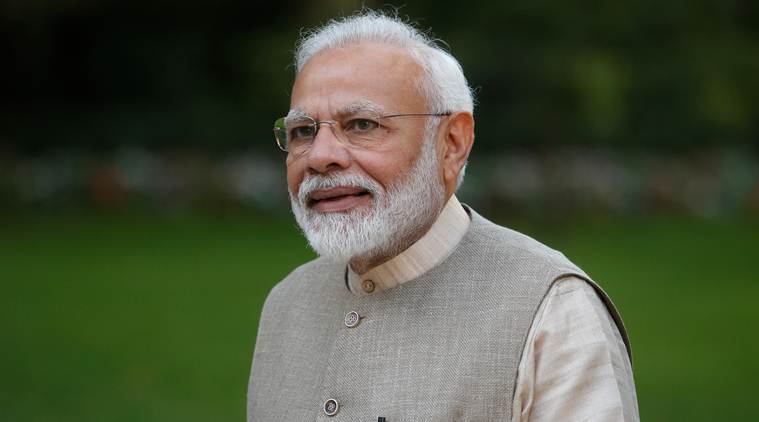
Level 5 leadership connotes honesty and integrity, commitment and passion, decision making, accountability. Crucially, such a leader must be a good communicator. Someone who delegates and empowers, and is an inspiring leader. On all these counts, Prime Minister Narendra Modi stands out.
His honesty and integrity are full and final. For him, national interest is the only interest. This helped him gain widespread acceptability during his 12 years as Gujarat CM: The poorest of the poor are convinced about his honesty and integrity. In five years, there has not been a single charge of corruption against his government. His humane side also came to the fore recently when he was seen consoling ISRO scientists after a last-minute snag in Chandrayaan-2. At Sriharikota, the PM delivered one of the best motivational speeches to the scientists and engineers at ISRO.
After assuming office in 2014, Modi bowed before the steps of Parliament. He followed this up by bowing to the Constitution, before declaring that his government is dedicated to the welfare of the poor, SC/STs, downtrodden and hitherto neglected. He went on to coin the slogan “Sabka saath, sabka vikas”. And this year. he added “sabka vishwas” to it, which explains his intentions.
He thinks differently and acts differently. To motivate the bureaucracy and get their full cooperation, he appointed 10 groups of secretaries to prepare a roadmap for the government in 10 different sectors. Every group gave presentations, and after due diligence, Modi asked them to work speedily towards achieving their respective goals. The following year, he asked them to present the progress made.
Probably, Modi is the first prime minister who has written a book — titled Exam Warriors — to guide and give confidence to students about how to approach examinations and other challenges in life. He has addressed more than 100 million students and parents in two successive years. In his interactions with students, he even referred to PUB-G — clearly the PM is up to date with the latest happenings. This also helps him establish an immediate connect with students and youngsters. Modi has probably been the first Indian politician to realise the potential of social media, and has used it effectively not only to reach out but establish an immediate connect with the youth.
He is a communicator par excellence. He speaks directly to the people, creates a bond, and gives them confidence. People respond to his appeals even if they have to forego gas subsidy or travel concessions.
GST, demonetisation, the surgical strikes, Balakot air strike, actions against corruption, abrogation of Article 370, banning triple talaq, are examples of his decisive leadership.
Some examples of empowerment of the poorer sections include 10 per cent EBC reservation, Ujjwala gas scheme, Pradhan Mantri Awas, Ujala scheme for LED bulbs, Mudra, Skill India, Ayushman Bharat, Kisan Samman, pension to unorganised sector labour, remunerative prices to farmers, and 95 million toilets.
GST is a great example of his faith in co-operative federalism. Decisions about every word of the GST law, rules and rates were reached unanimously.
PM Modi is creative and innovative. He understands that only research and innovation will help India enter the big league. Therefore, he started Atal Tinkering Labs in nearly 3,000 schools where robotics, 3D printing and other advanced technologies are made available. Students experiment with these gadgets and come up with exciting ideas. These ideas are mapped in olympiads organised for the purpose. For engineering students, for instance, he promoted “Smart India Hackathon”. He has also established Atal Incubation Centres in various IITs and NITs.
Finally, he also interacts regularly with start-ups and makes it a point to meet youth with innovative ideas.
This article first appeared in the print edition on September 17, 2019 under the title ‘A Leader Par Excellence’. The writer is Union Minister for Information and Broadcasting, and Environment, Forest and Climate Change.